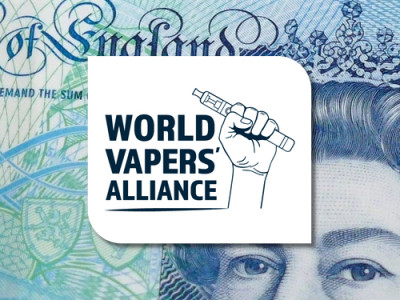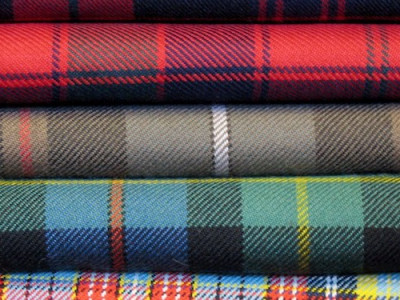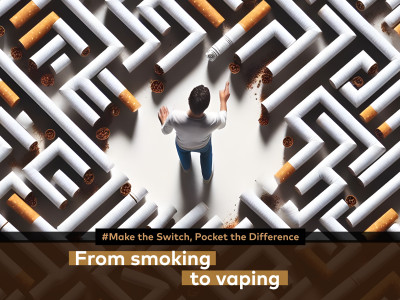The researchers at the Centre for Health Protection, National Institute for Public Health and the Environment, and the Division of Human Nutrition and Health, Wageningen University, say: “Assessments of the health risks associated with e-cigarettes rely heavily on measurements of the levels of harmful components in the emissions. Many studies have been published on this subject, and the majority of researchers agree that e-cigarettes are less harmful than regular tobacco cigarettes.”
As they note, a critical step in analysing vapour in the laboratory is the collection of samples using an automated vaping machine. These take puffs according to a programmed puffing topography (i.e., puff duration, volume, profile and interval).
Frequently, studies claiming to have discovered all manner of noxious substances are found to have operated devices outside of useable real-world vaping limits. As far back as 2015, Dr Konstantinos Farsalinos was complaining about such work when academics were claiming vaping produced high levels of formaldehyde.
He wrote: “Electronic cigarettes produce high levels of aldehyde only in dry puff conditions, in which the liquid overheats, causing a strong unpleasant taste that e-cigarette users detect and avoid. Under normal vaping conditions aldehyde emissions are minimal, even in new-generation high-power e-cigarettes.”
The Dutch study states: “Users avoid the bad flavour by lowering the power setting of their device and by maintaining a sufficient level of e-liquid. It is therefore important to avoid dry puffs in the laboratory, mimicking the behaviour of users. Failure to account for this effect may lead to considerable overestimations of the toxicity of e-cigarette emissions in the assessment of e-cigarette health risks.”
They recruited thirteen experienced vapers via Facebook to evaluate whether dry hit flavour was present at different power settings, from 10W-25W. They used eLeaf Pico devices with JustFog Q16C clearomisers utilising 1.2Ω or 1.6 Ω coils, containing menthol, vanilla or fruit-flavoured e-liquids.
“Data from preliminary tests with two experienced vapers were used to establish the range of power settings that was relevant for the coils and e-liquids used in this study. These tests indicated that for all liquid/coil combinations tested, dry puff flavour was present at or below 25 W and absent at 10 W.”
Participants were told to mouth-to-lung the vape and ignore everything except for the strength of any dry hit experienced.
Machines were set to run at identical levels and the researchers compared the emissions detected with the user feedback.
“Eleven carbonyl compounds were found to agree with the human assessments. Based on the amounts of these compounds in the emissions, the dry-puff flavour did match at all combinations of e-liquids and coils examined.”
The team stated: “The method described in this study offers a tool for researchers to check if an e-cigarette power setting for a particular liquid/coil combination is not excessively high (i.e., not representative of e-cigarette user behaviour) using only analytical chemical analysis. This should improve the relevance of measurements of e-cigarette emissions, enabling more accurate risk assessments while avoiding the need for human volunteers to assess e-cigarette power settings.”
References:
- Improving the Analysis of E-Cigarette Emissions: Detecting Human "Dry Puff" Conditions in a Laboratory as Validated by a Panel of Experienced Vapers - https://pubmed.ncbi.nlm.nih.gov/34770036/
Dave Cross
Journalist at POTVDave is a freelance writer; with articles on music, motorbikes, football, pop-science, vaping and tobacco harm reduction in Sounds, Melody Maker, UBG, AWoL, Bike, When Saturday Comes, Vape News Magazine, and syndicated across the Johnston Press group. He was published in an anthology of “Greatest Football Writing”, but still believes this was a mistake. Dave contributes sketches to comedy shows and used to co-host a radio sketch show. He’s worked with numerous vape companies to develop content for their websites.
Join the discussion
Parliament Fears Two
The Department for Environment, Food and Rural Affairs faced questions from a Conservative MP and, oddly, a member of the Department for Environment, Food and Rural Affairs
Harm Reduction For The Rich
The United Kingdom risks becoming a harm reduction country only for the wealthy, according to Michael Landl of the World Vapers’ Alliance
Sacrificing Health For 2p Cut
Tory Government alienates vaping voters with its mission to cut tax by an unaffordable 2p to attract voters by placing a tax on vape products in the forthcoming budget
Scotland Announces Single-Use Vape Action
A ban on the sale and supply of single-use vapes in Scotland is due to come into effect on 1 April 2025, under proposed legislation published today












